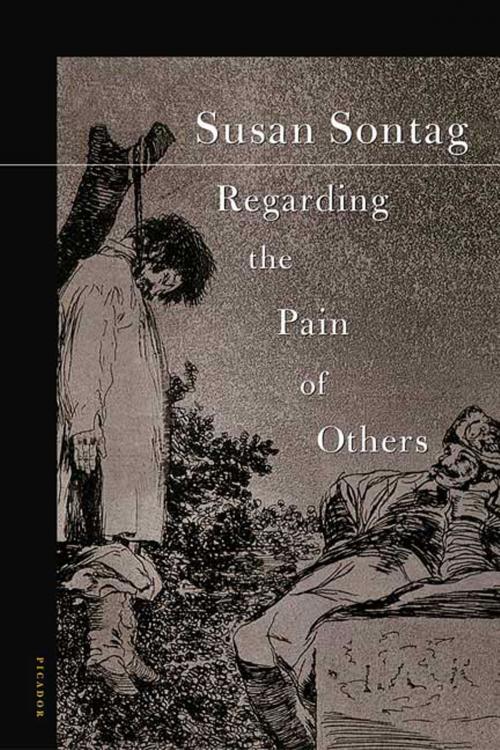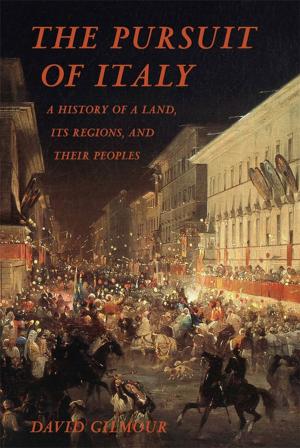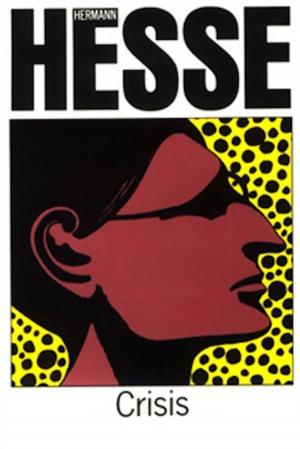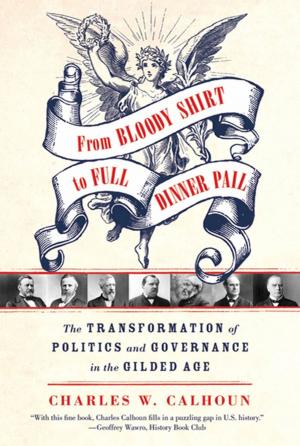| Author: | Susan Sontag | ISBN: | 9781466853577 |
| Publisher: | Farrar, Straus and Giroux | Publication: | October 1, 2013 |
| Imprint: | Farrar, Straus and Giroux | Language: | English |
| Author: | Susan Sontag |
| ISBN: | 9781466853577 |
| Publisher: | Farrar, Straus and Giroux |
| Publication: | October 1, 2013 |
| Imprint: | Farrar, Straus and Giroux |
| Language: | English |
A brilliant, clear-eyed new consideration of the visual representation of violence in our culture--its ubiquity, meanings, and effects
Watching the evening news offers constant evidence of atrocity--a daily commonplace in our "society of spectacle." But are viewers inured -or incited--to violence by the daily depiction of cruelty and horror? Is the viewer's perception of reality eroded by the universal availability of imagery intended to shock?
In her first full-scale investigation of the role of imagery in our culture since her now-classic book On Photography defined the terms of the debate twenty-five years ago, Susan Sontag cuts through circular arguments about how pictures can inspire dissent or foster violence as she takes a fresh look at the representation of atrocity--from Goya's The Disasters of War to photographs of the American Civil War, lynchings of blacks in the South, and Dachau and Auschwitz to contemporary horrific images of Bosnia, Sierra Leone, Rwanda, and New York City on September 11, 2001.
As John Berger wrote when On Photography was first published, "All future discussions or analysis of the role of photography in the affluent mass-media societies is now bound to begin with her book." Sontag's new book, a startling reappraisal of the intersection of "information", "news," "art," and politics in the contemporary depiction of war and disaster, will be equally essential. It will forever alter our thinking about the uses and meanings of images in our world.
A brilliant, clear-eyed new consideration of the visual representation of violence in our culture--its ubiquity, meanings, and effects
Watching the evening news offers constant evidence of atrocity--a daily commonplace in our "society of spectacle." But are viewers inured -or incited--to violence by the daily depiction of cruelty and horror? Is the viewer's perception of reality eroded by the universal availability of imagery intended to shock?
In her first full-scale investigation of the role of imagery in our culture since her now-classic book On Photography defined the terms of the debate twenty-five years ago, Susan Sontag cuts through circular arguments about how pictures can inspire dissent or foster violence as she takes a fresh look at the representation of atrocity--from Goya's The Disasters of War to photographs of the American Civil War, lynchings of blacks in the South, and Dachau and Auschwitz to contemporary horrific images of Bosnia, Sierra Leone, Rwanda, and New York City on September 11, 2001.
As John Berger wrote when On Photography was first published, "All future discussions or analysis of the role of photography in the affluent mass-media societies is now bound to begin with her book." Sontag's new book, a startling reappraisal of the intersection of "information", "news," "art," and politics in the contemporary depiction of war and disaster, will be equally essential. It will forever alter our thinking about the uses and meanings of images in our world.















